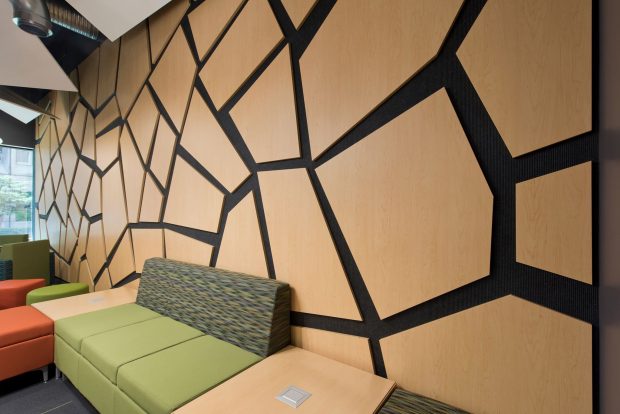Wall panels are the method to approach if you need to get the greatest bang for your buck. They’re easy to assemble and come in a variety of colors and textures, including both synthetic and natural materials. Regardless of the reality that Rootex Australia wall protection panels were only newly launched to the market, they have swiftly garnered popularity and success. So, what are they exactly? If you want to learn more about wall panels nz, including their varieties, features, sizes, and benefits, you’ve come to the correct spot.
What Are The Advantages Of Using Wall Protection?
The features of wall protection are numerous. According to KRS PM Team the most significant characteristics are that it is impact resistant and has a sanitary construction. Second, in the regions where masters use it, it gives exceptional protection and cleanliness against impacts. Third, the master can put things together quickly and efficiently. Furthermore, we can produce bespoke orders in a variety of sizes to meet your requirements.
What Kinds Of Wall Panels Are There?

Rack Typesetting Panel
These boards are available in lengths ranging from 2400 to 3700 mm and widths ranging from 125 to 300 mm, with a thickness of 8 to 12 mm. This design is the most common when it comes to covering little spaces. A wooden or metal container is required for their installation. Because of the groove and tenon, the panels are connected (or because only slots and tabs join the two panels, in which case there will be a gap). The panel is secured to the frame with self-tapping bolts or staples (into the channel). Slatted typographic pads are frequently made of chipboard, hardboard, PVC, and MDF.
Tile Patterned Panel
These square panels come in sizes ranging from 30 x 30 to 98 x 98 cm. They’re also wonderful for laying down a range of figures in a variety of colors and textures. Panels are usually adhered to the wall with adhesive or capping and are simply kept together by grooves and inserts. Tile typesetting pads can be made from a variety of materials, including PVC, MDF, chipboard, and MDF.
Sheet Wall Panels
Large diameters – ranging from 1 22 to 2.44 m, with a thickness of 3 to 6 mm – make completing walls easier. The surface of these panels is covered with stone, wood, or tile imitations and has a layered construction. Moldings hide the seams, and the installation is done with glue. Resin-impregnated fiberboard is commonly utilized in the manufacturing of sheet metal wall panels.
In addition to the three basic types of decorative wall panels, there are other styles for the construction of interior walls and various sectors. For modular buildings, both the cement panel and the sandwich panel come as fully prepared walls with a heater and a humidity and vapor barrier on the interior. Sandwich panels may be seen in many villas and country homes.
Conclusion
By using wall panels as a finishing product, it is feasible to avoid such problems as wall alignment, as well as existing wallpaper, plaster, and paint, i.e. pre-finishing of the walls. Furthermore, wall panel installation does not demand any specific training or certification. A nail, stapler, wood sticks, and, of course, the panels themselves are all you’ll need. The wall panels also conceal telephone, computer, and other electrical wires while providing plenty of room and sound insulation.
Read More:

